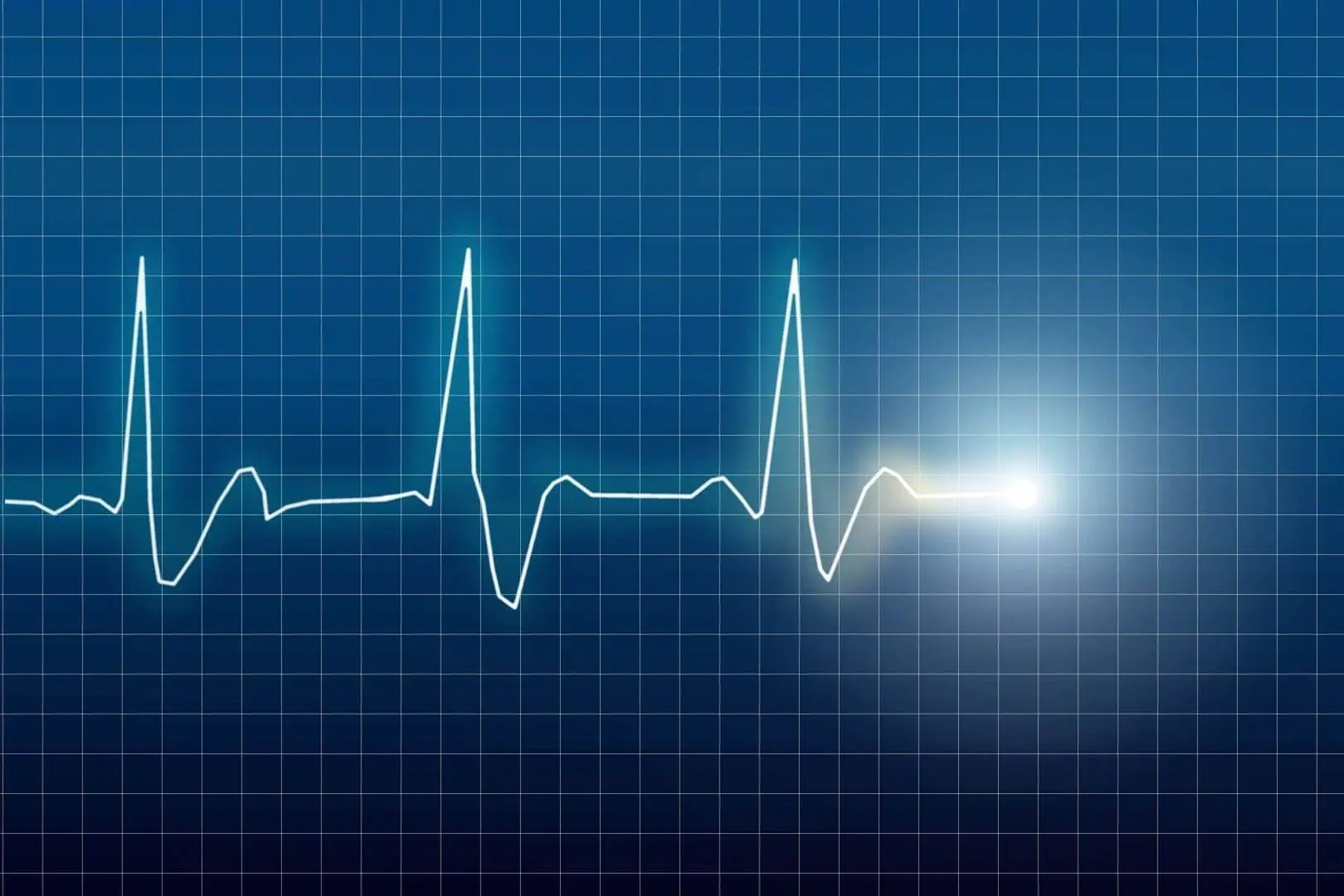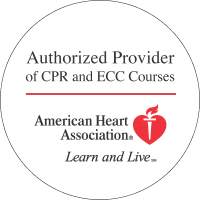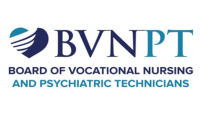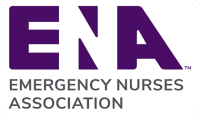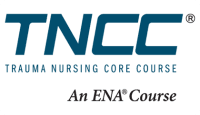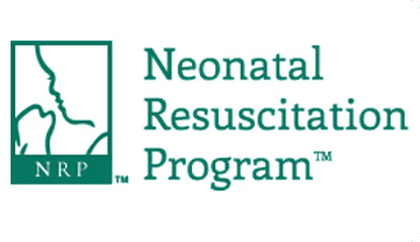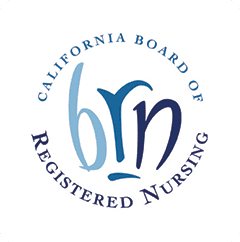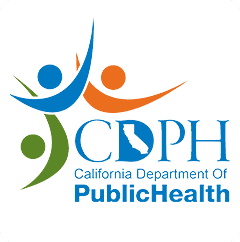The key to responding appropriately to your patients when they’re in life-threatening situations is to be able to recognize what the problem is quickly and to get them the appropriate treatment without delay. However, their symptoms may not always match up with what you believe the EKG rhythm is showing. One of the most potent examples of this is in patients with ventricular tachycardia.
Tachycardia usually refers to any heart rhythm over 120 beats per minute, but emergency treatments are usually considered when the heart rate gets to 150 beats per minute or more. Prior to this point, the tachycardia can usually be managed by attending physicians or by family physicians through medication changes.
If you’re caring for a patient in your hospital or clinic who has a fast heart rhythm, you must first determine what the EKG is showing and whether your patient is stable or unstable. By determining how he or she is responding to the EKG rhythm, you will be best able to determine what type of treatment the patient needs and how emergent his or her care needs to be.
What Is Stable Ventricular Tachycardia?
Many conditions, diseases and even medications can cause ventricular tachycardia, but not all episodes of tachycardia may be immediately serious. For example, a certain medication may simply need to be stopped, or the root cause of a disease may need to be addressed to get the heart back to functioning correctly. When V-tach is described as being stable, it occurs with very few if any symptoms. The patient will still be able to talk and generally function and may even have mostly normal vital signs other than heart rate.
How Should Stable V-Tach Be Treated?
Stable V-tach should certainly be addressed to prevent the rhythm from becoming more erratic and to prevent the patient from becoming symptomatic. Anti-arhythmic medications, such as adenosine, are usually given. Synchronized cardioversion is typically recommended as well for patients who have either narrow or regular QRS complexes.
What Is Unstable Ventricular Tachycardia?
In unstable V-tach, the patient will present with symptoms. Mental symptoms, such as confusion or loss of consciousness, may be the first changes noted. Without quick treatment, complete hemodynamic collapse is possible, which could lead to the need for CPR and emergency treatments.
How Should Unstable V-Tach Be Treated?
Because sustained V-tach has a high likelihood of leading to cardiac death, treatments should be done urgently by following the ACLS algorithms for V-tach. The patient should have immediate cardioversion. You should also be aware that the QRS complex may swiftly change to wide and irregular. If this happens, you must immediately switch from synchronized mode to defibrillation during your treatment.
Understanding the differences between stable and unstable ventricular tachycardia can be difficult at best especially if you’re not familiar with reading EKGs. Many patients have EKG rhythms that don’t look like textbook examples. Therefore, you must quickly be able to decipher such important parts of the EKG as the P wave, the QRS complex and the length between each wave.
At Project Heartbeat, we offer several classes and certifications that can help you understand these subjects better. Our Basic ECG Interpretation and Pharmacology Course will give you the basics for heart rhythm interpretation, and our Advanced 12 Lead EKG Interpretation Certification will take you a step further. This advanced class is particularly important if you’re working specifically with cardiovascular patients or if you’re on your agency’s code response team.
Another good option is to take our ACLS certification class, which will teach you more about tachycardic rhythms as well as many other dangerous heart rhythms and life-threatening situations and will give you algorithms to follow when treating these patients. Our certification course can help you further your career, feel more confident in your everyday practice and give your patients the highest quality of care possible.

